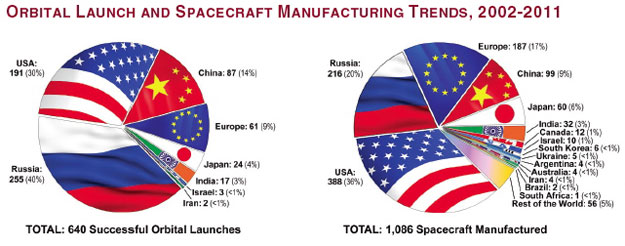santosh10
Senior Member
- Joined
- Oct 5, 2014
- Messages
- 1,666
- Likes
- 177
The BRICS
BRICS is the acronym for an association of five major emerging national economies:Brazil, Russia, India, China and South Africa. The grouping was originally known as "BRIC" before the inclusion of South Africa in 2010. :thumb: The BRICS members are all developing or newly industrialised countries, but they are distinguished by their large, fast-growing economies and significant influence on regional and global affairs; all five are G-20 members. As of 2013, the five BRICS countries represent almost 3 billion people, with a combined nominal GDP of US$16.039 trillion, and an estimated US$4 trillion in combined foreign reserves. Presently, South Africa holds the chair of the BRICS group, having hosted the group's fifth summit in 2013. The BRICS have received both praise and criticism from numerous quarters.

BRICS - Wikipedia, the free encyclopedia
=> The E7
The E7 is a group of seven countries with emerging economies. The E7 are predicted to have larger economies than the G7 countries by 2020. The term was coined by the PricewaterhouseCoopers in the Stern Review report, which was published on 30 October 2006. The E7 represents the seven major emerging economies.

E7 (countries) - Wikipedia, the free encyclopedia
BRICS is the acronym for an association of five major emerging national economies:Brazil, Russia, India, China and South Africa. The grouping was originally known as "BRIC" before the inclusion of South Africa in 2010. :thumb: The BRICS members are all developing or newly industrialised countries, but they are distinguished by their large, fast-growing economies and significant influence on regional and global affairs; all five are G-20 members. As of 2013, the five BRICS countries represent almost 3 billion people, with a combined nominal GDP of US$16.039 trillion, and an estimated US$4 trillion in combined foreign reserves. Presently, South Africa holds the chair of the BRICS group, having hosted the group's fifth summit in 2013. The BRICS have received both praise and criticism from numerous quarters.

BRICS - Wikipedia, the free encyclopedia
=> The E7
The E7 is a group of seven countries with emerging economies. The E7 are predicted to have larger economies than the G7 countries by 2020. The term was coined by the PricewaterhouseCoopers in the Stern Review report, which was published on 30 October 2006. The E7 represents the seven major emerging economies.

E7 (countries) - Wikipedia, the free encyclopedia


























